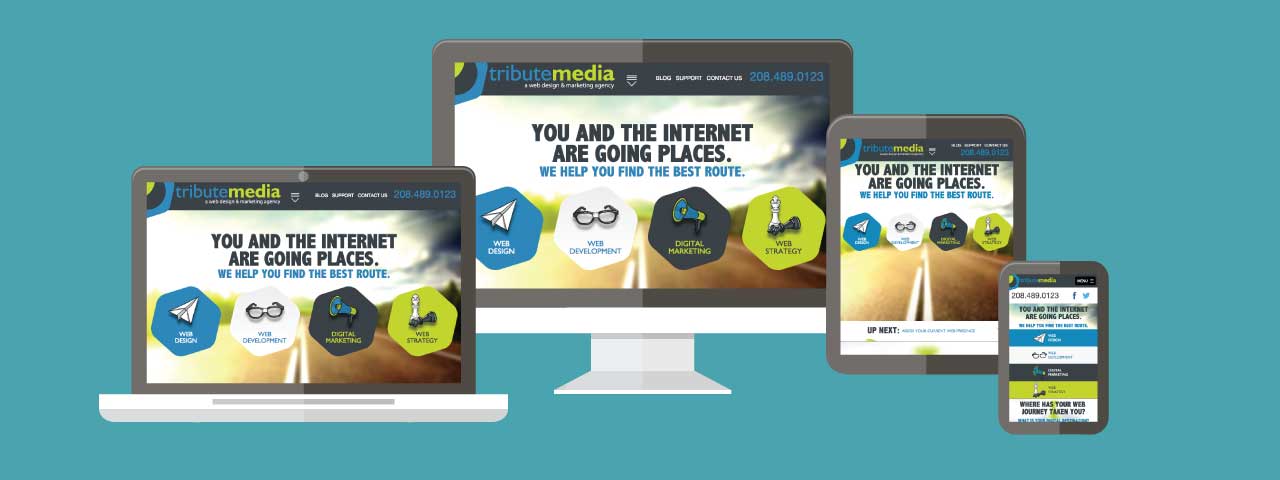Mobile commerce is an important aspect of sales, and consumers utilize it constantly (peep the rise of Amazon and other big online retailers).
Inbound Marketing Blog
Too often, business owners believe that if they create a website and put it on the world wide web, that customers will start flooding in.
This is usually not the case.
Sadly, some people get discouraged and give up on making their website a tool for converting visitors into leads and even customers. Others (namely you, because why else are you doing research) embrace the opportunity to make changes to their website to create a lead generating machine.
Where does one start to turn their website into the 24/7 sales person they know it can be?
We are constantly hearing that the best way to reach Millennials is through media. While this is true, there isn't a cookie-cutter mold to go by to reach them. Many companies assume that simply showing up on social media platforms and popular apps is enough. This is just not the case. There is strategy involved, and this requires knowing how Millennials tick.
It was only a few years ago that I thought that mobile use of the web would require very little consideration. When the first iPhone was introduced, the ability to pinch and zoom made it possible to use the small screen to see elements on the page without difficulty.
With Google's algorithm updates in April 2015, mobile responsive is more than just a thing. It's critical to the success of your website in mobile search. You can't expect to be successful in your search engine optimization efforts without having a mobile friendly site.
I am curious as to what device you are reading this on? Could it be on a laptop? Maybe you’re at work on a desk? Or – perhaps you have a smartphone in your hand and you’re thumbing through this page.
Are you looking to rebuild your website? If so, then you should consider a mobile-first approach. In today’s digital age, most people use their smartphones to browse the internet. A mobile-first website is designed to prioritize the user experience on smaller screens, making it easier to navigate and find what they need. By creating a mobile-first website, you can attract more visitors to your site, increase engagement, and ultimately, boost your conversions.
We all know that more and more traffic is coming to websites in the form of mobile traffic. This means that in order to foster the best user experience possible, companies need to have an alternative for mobile visitors. Most of the time, this comes in the form of a mobile responsive site, with some companies still choosing to use mobile sites. Whichever method your company chooses, it is imperative that there isn’t a drawback to visiting your website with a mobile device.
But being mobile friendly doesn’t just mean having a mobile responsive website. It also means that your overall web marketing efforts include mobile users. A cursory glance at your Google Analytics data will most likely show quite a bit of traffic coming to your website in the form of mobile users. Breaking this data down even further will yield traffic sources. It’s important to make sure these traffic sources are optimized for mobile users to the best of your ability.









